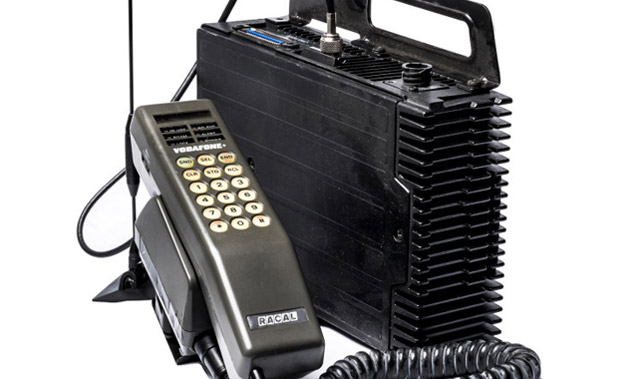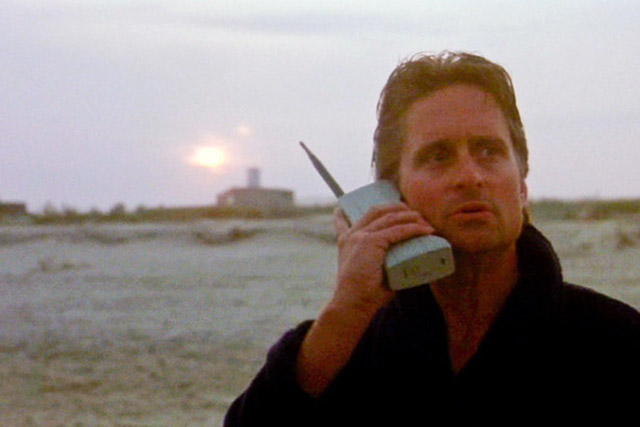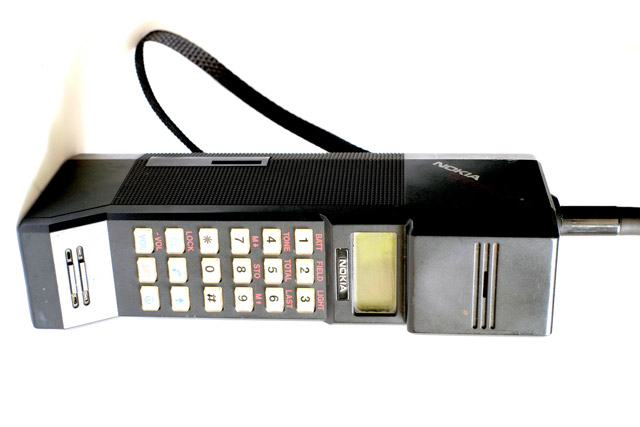
Imagine a cellphone that weighs almost 5kg, is the size of a briefcase and costs R75 000 in today’s money? Believe it or not, that’s what early adopters had to put up with in the early days on mobile in the 1980s.
To commemorate the first-ever mobile phone call 30 years ago — on 1 January 1985 — Vodafone in the UK, on whose network the call was made, has released a list of the first phones it sold to consumers.
They included the VM1, a 1985 model that weighed in at 4,9kg. It cost £1 475, or £4 141 when adjusted for inflation.
The VM1 was classed as a mobile phone, but it couldn’t actually be used outside of a car. The heavy base unit was bolted into the boot of the car or the rear parcel shelf, according to Vodafone. The phone itself was mounted in the front of the vehicle, in front of the dashboard or in the armrest.
The VM1 was fitted with an aerial drilled into the roof of the car, the company said. An additional glass mount aerial could be stuck out of the rear screen of the car to help pick up greater reception.

Although the VM1 was the first product that company sold, the Transportable Vodafone VT1 became available simultaneously close to the January 1985 launch of the network. It weighed 200g less than the VM1 — 4,7kg — and would have to be charged for 10 hours to provide 30 minutes of talktime. It could be charged in or out of the car depending on the kit the user bought to go with it, Vodafone said.

“Most customers opted to buy a VM1 above a Transportable if they were frequently in their car, as this was more convenient.”
The first mobile phone that bears a resemblance to modern devices was the Motorola 8000X, introduced by Vodafone in March 1985. Christened “The Brick” by its users, it was used by Michael Douglas in the 1987 Hollywood hit Wall Street. It cost £2 995, which translates into £8 409 (more than R150 000) in today’s money.

Other early mobiles included the £1 875 (£5 264 adjusted) VPI Citiphone, which played “God Save the Queen” if its user pressed 001 on the keypad and and Chopin’s “Funeral March” if it malfunctioned. There was the Nokia Cityman 1320, Nokia’s first portable phone, introduced in the late 1980s. The Cityman, which weighed 0,75kg, would have set back an early adopter almost £5 000 (R90 000) in today’s money. — © 2015 NewsCentral Media

